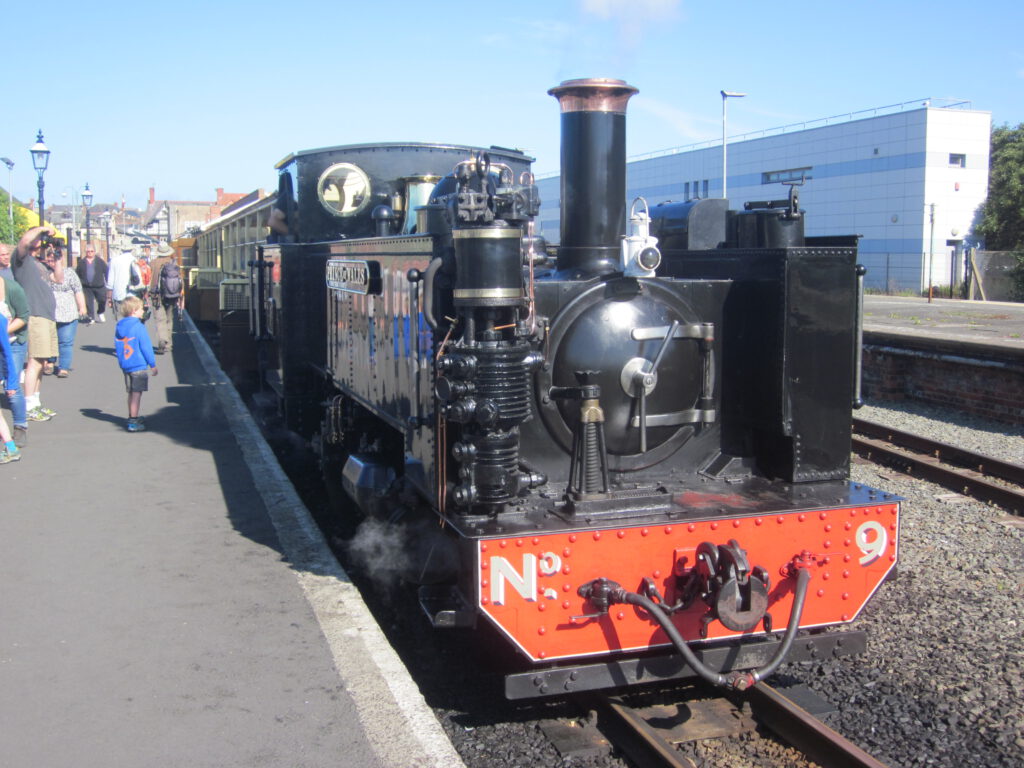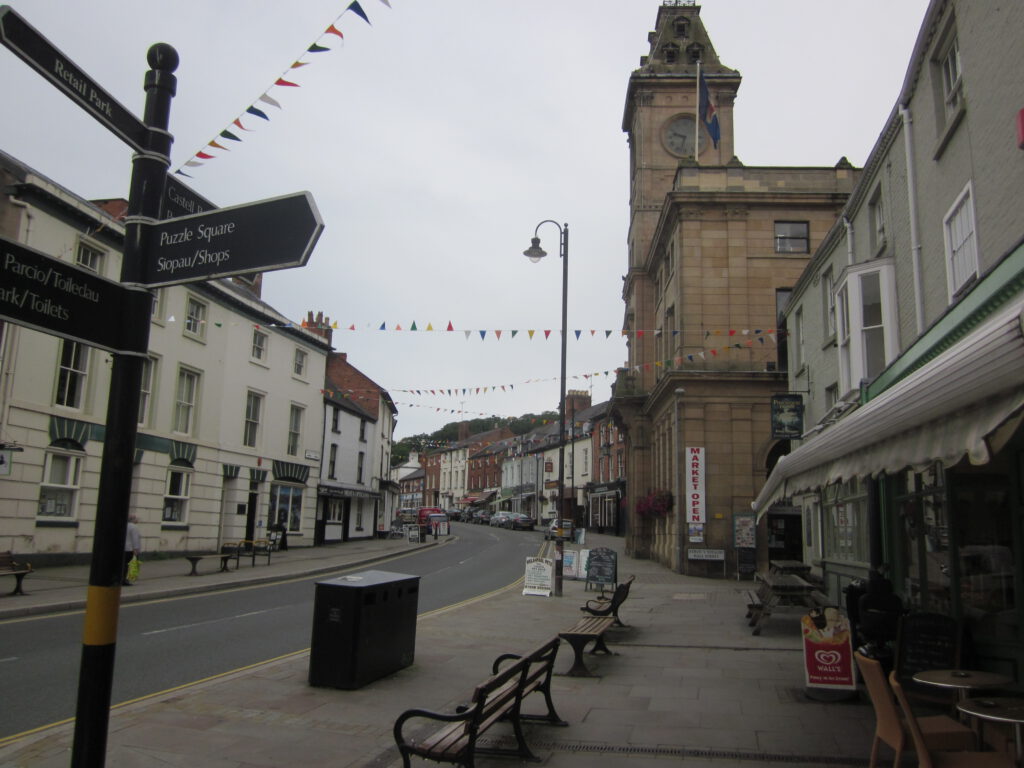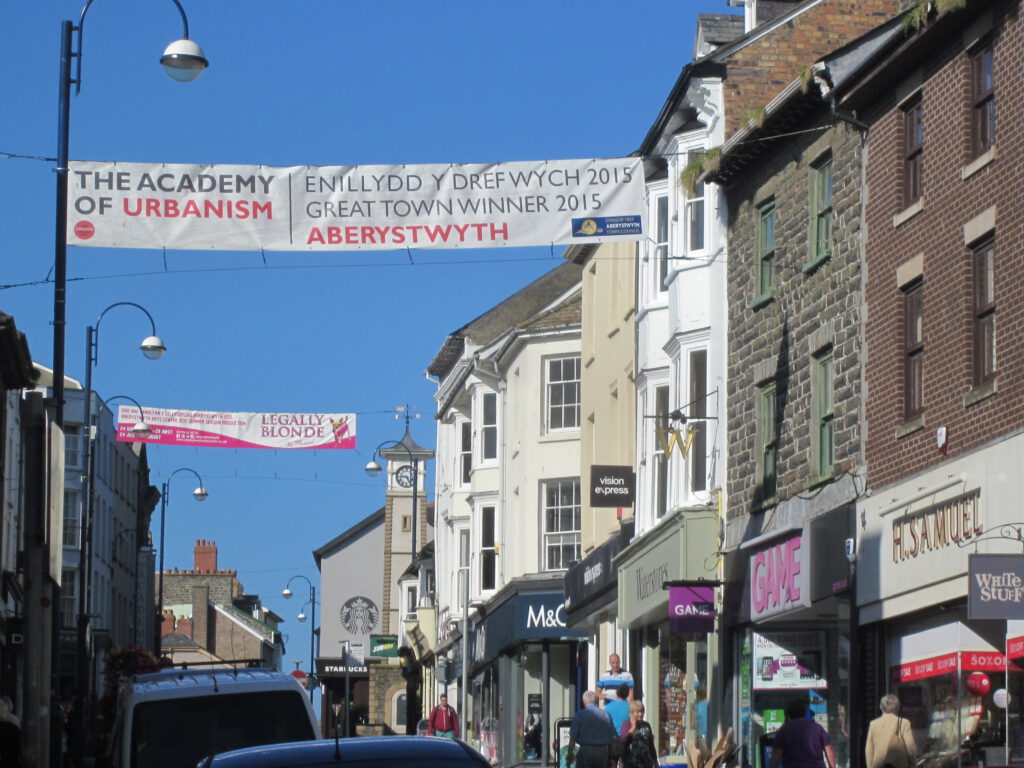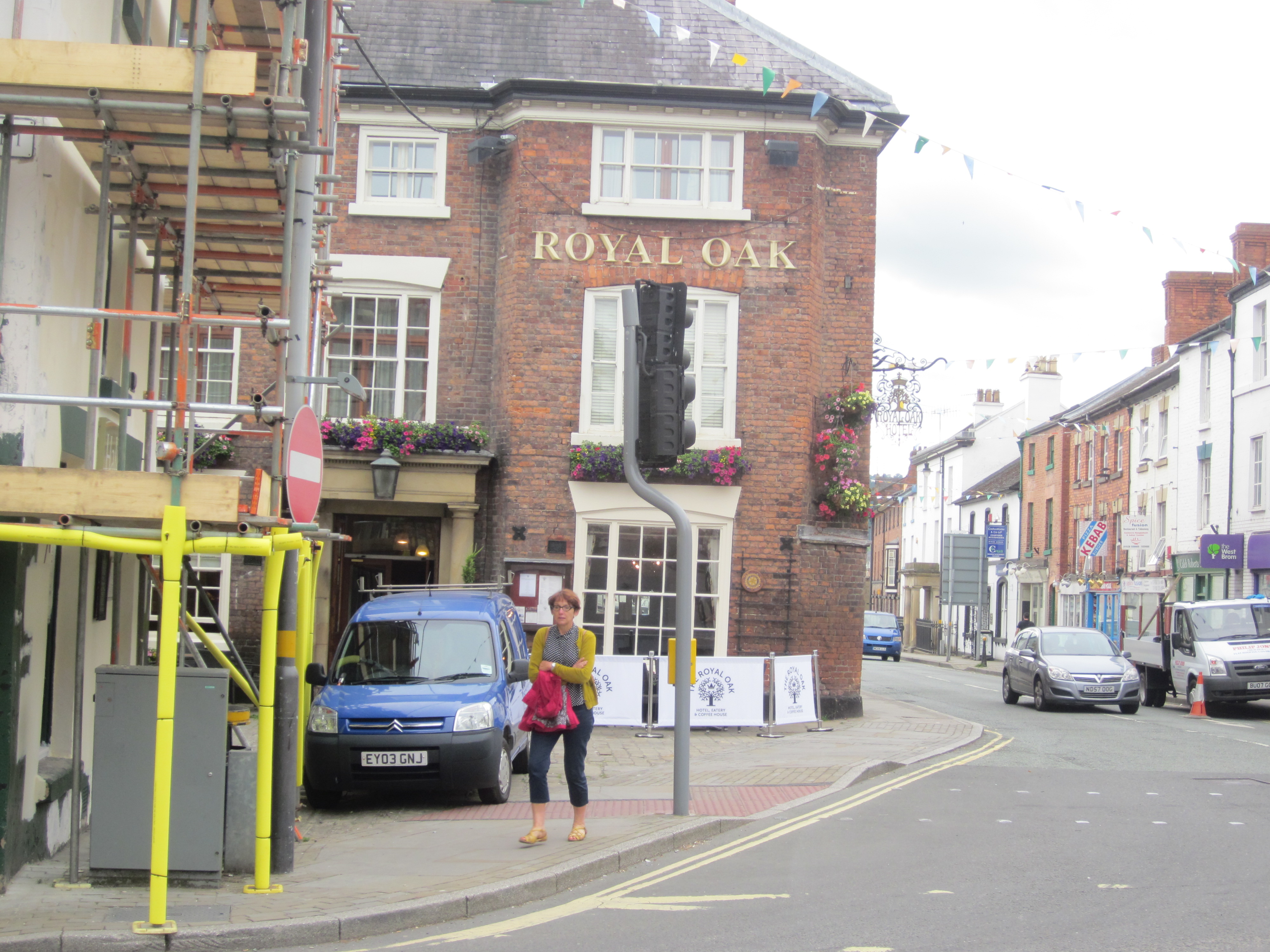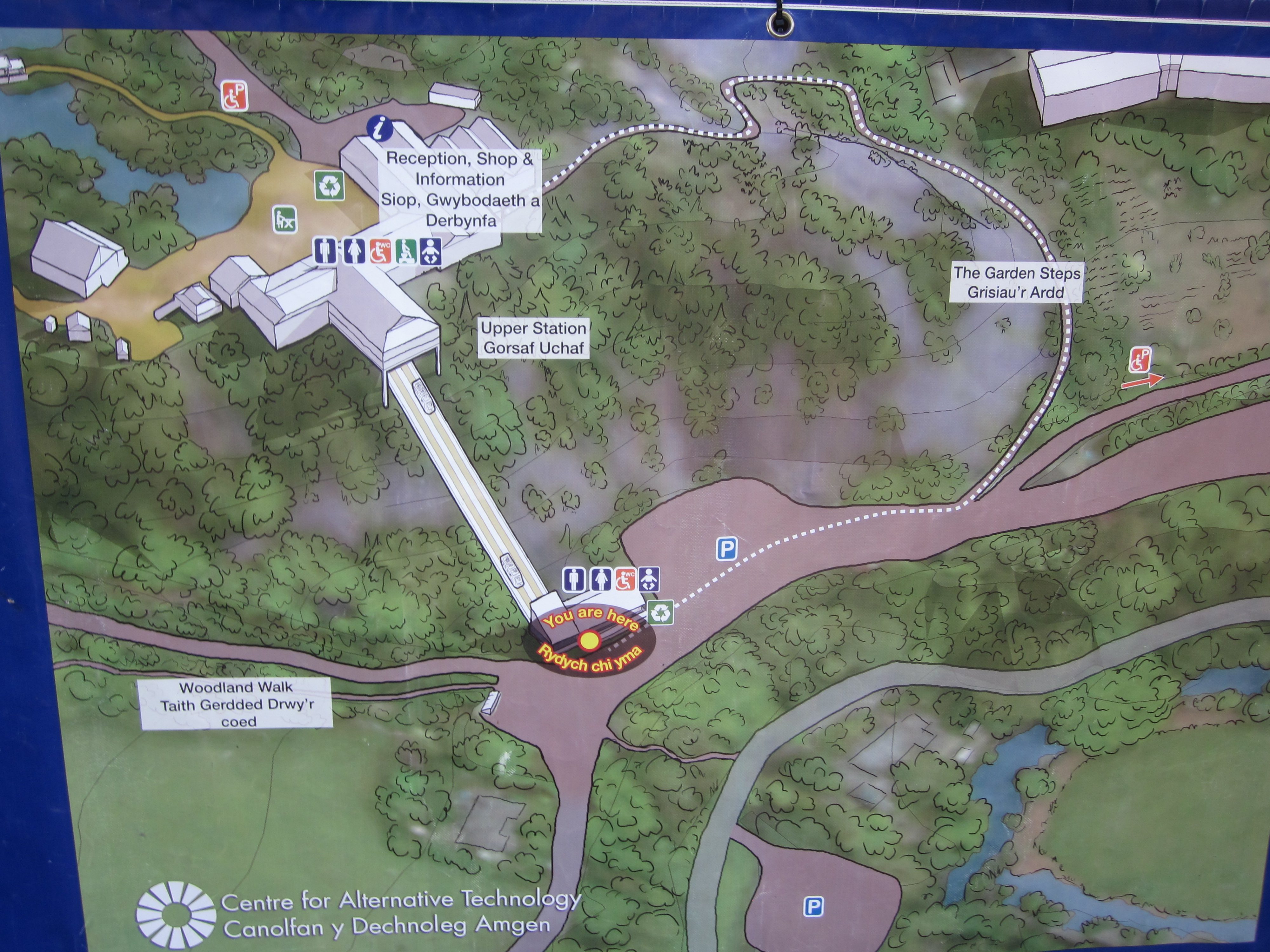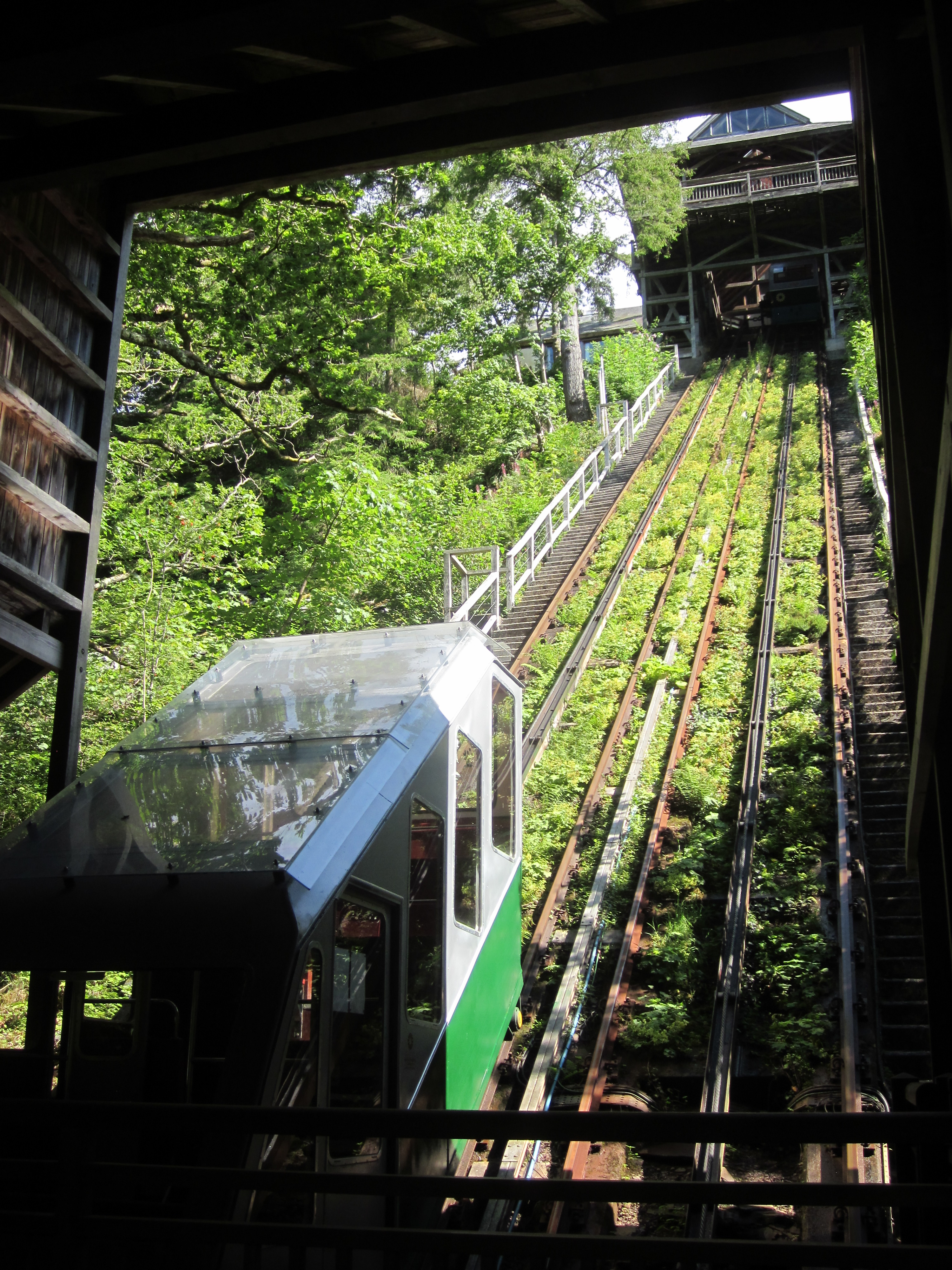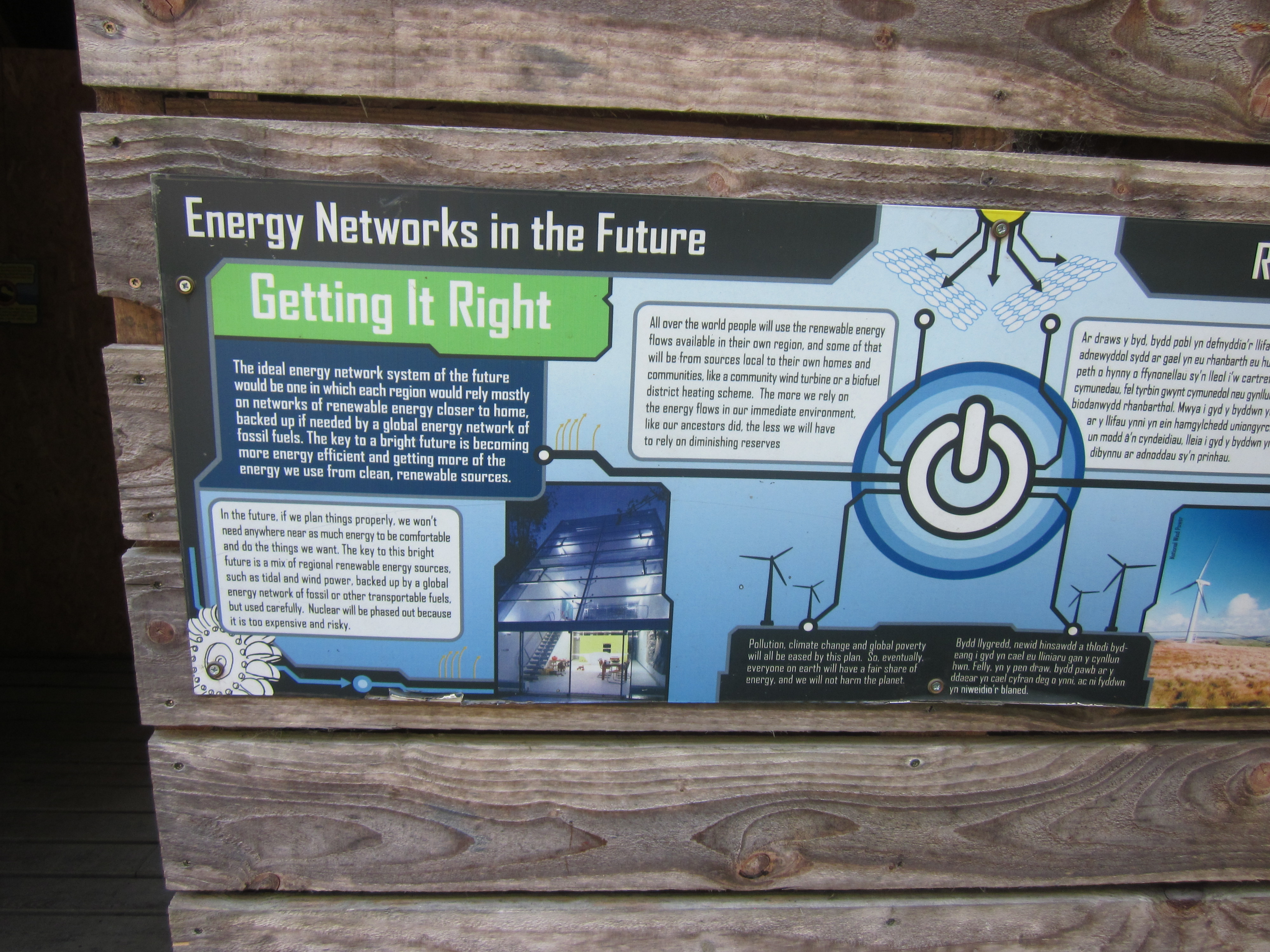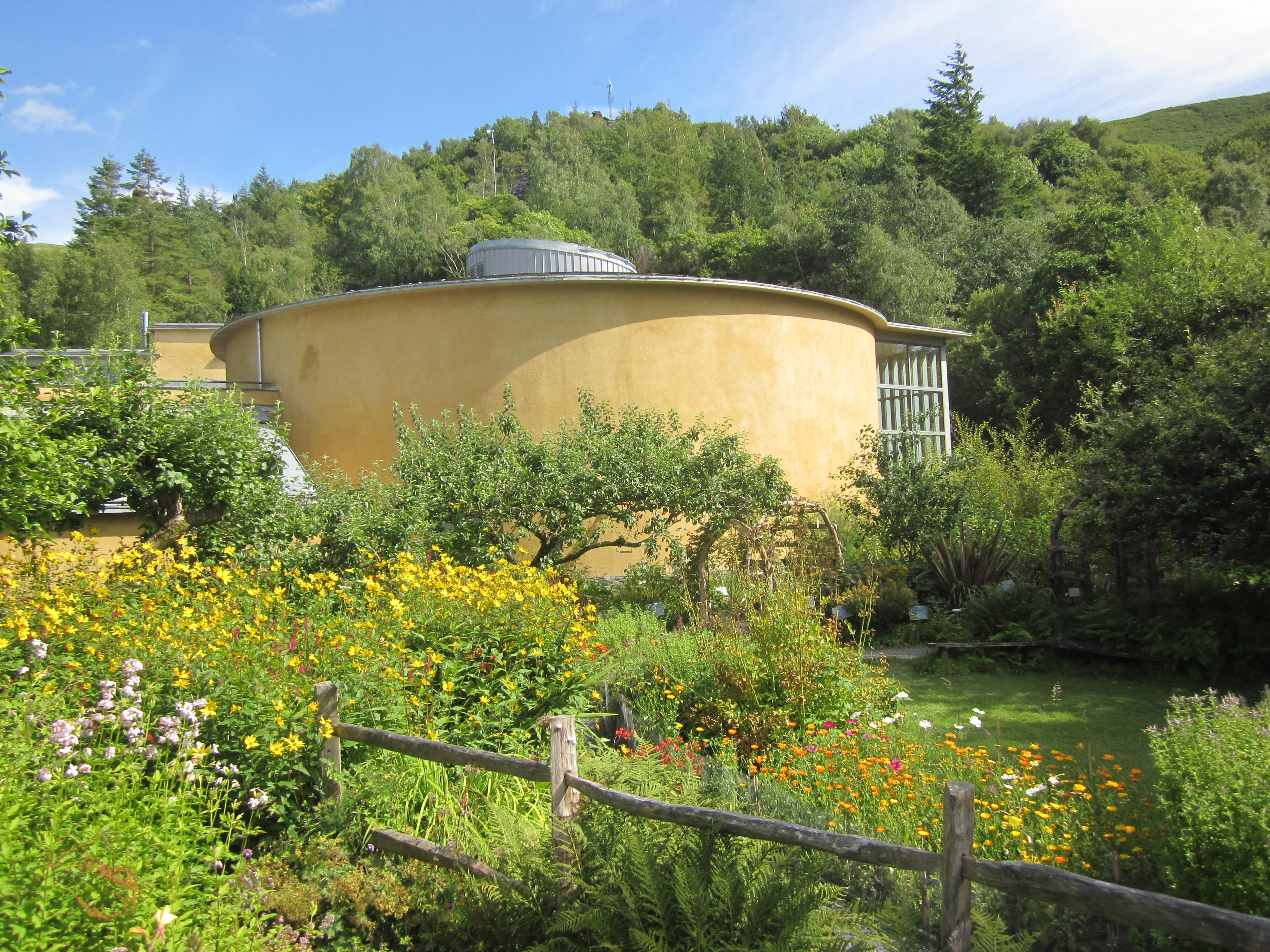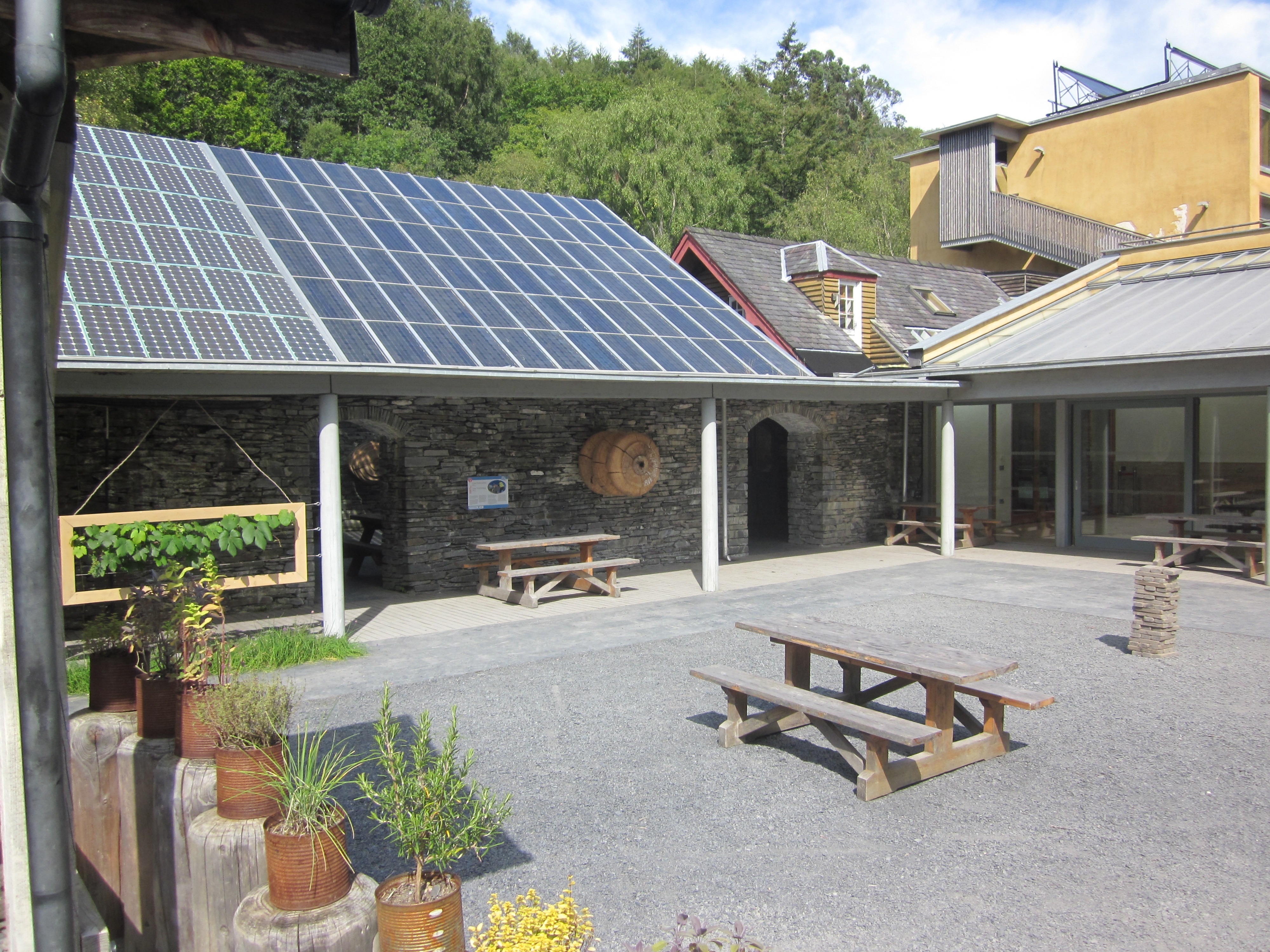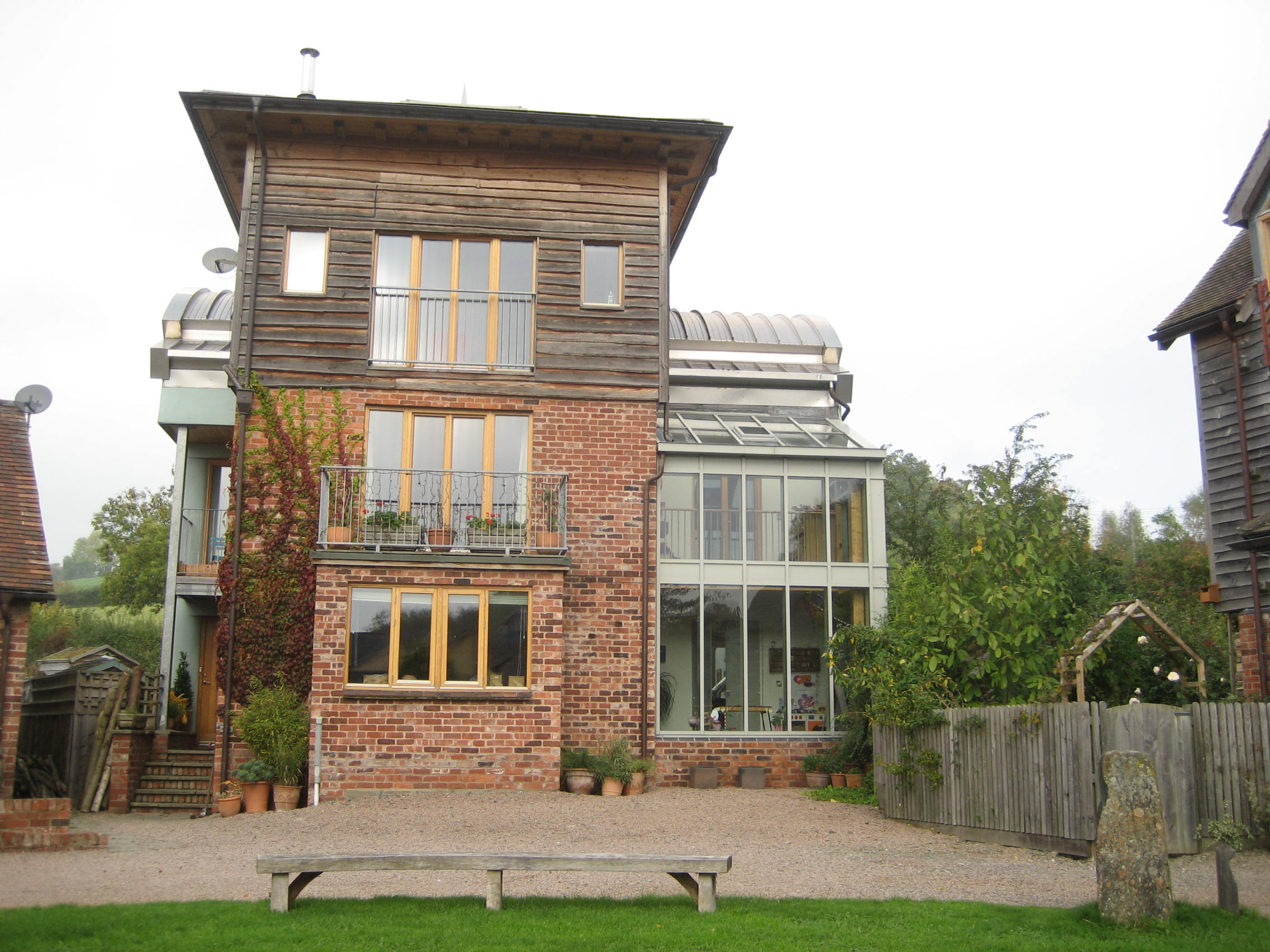Alternative technology in action
Visiting the Centre for Alternative Technology for the first time, after a week holidaying in Wales, was a good opportunity to reflect on the progress that is being made in putting alternative ideas into action. I wanted to see how well town centres were faring, what is being done to build better homes, and how easy it was to travel around. URBED has advised many smaller Welsh towns on improving their centres, and I was keen to know whether lessons were being learned.
Travelling around
The old A40 main road from Gloucester through to Fishguard is a delightful way to travel, now the motorways have taken the main through traffic off the narrow roads. There are still occasional delays following a farm waggon, but in general the scenery is delightful, and so are the main towns. There are signs of gentrification in Monmouthshire near the border, but it was still quite easy to park in the town centres, most of which like Ross-on-Wye have been bypassed, or at least re-planned to give pedestrians priority.
Trains also run via Gloucester to Cardiff along the River Severn, and there are trains through to Fishguard several times a day. Narrow gauge stream trains puff up the valleys to Devils Bridge from Aberystwyth, and through to Llanfair from Welshpool. There are even plans to extend the short Corris Railway to link up with the Centre for Alternative Technology. But Wales has still got a long way to go to match the fares or frequencies available on the Continent, which is a pity as it would help tourism and reduce congestion and pollution.
A superb system of coastal paths, backed by the National Trust, has opened up areas that would have once been inaccessible. The beaches in the Pembrokeshire National Park are particularly delightful, and benefit from welcoming towns such as Newquay and the Lower Town in Fishguard. However the requirement to translate everything into Welsh can make some signs confusing, and it helps to have a map reader with one. What is still amazing is finding beautiful places with almost no houses, and the market towns still fulfil some of their old functions.
The health of town centres
Steps have been taken in many towns to improve the environment, and the one-way system in Welshpool was quite impressive. What a pity though that carriage ways have not been narrowed, so traffic speeds through the High Street. There is little reason to stop because there is little choice of shops left. As in England, out of town superstores have drained the streets of vitality. Pubs and shops have closed. Intriguingly the station has been moved, and the Old Station has been converted very attractively into a kind of edge of town department store.
A few towns are undergoing an urban renaissance. Aberystwyth, which was voted Best Town by the Academy of Urbanism, combines a range of attractions for the tourists in the summer season with a lively university in the rest of the year. It is on the end of the railway line from Shrewsbury, but also has its own steam railway up to the hills and Devils Bridge.
There seemed to be relatively few charity shops, and few specialists. However there are now some much improved places to eat, and we had a superb lunch at the Angel in Abergavenny, which even boasts its own beer. The town hosts a lively food festival in September. The Royal Oak Hotel Welshpool has just had a make-over, and is being promoted as part of a small chain of coaching inns. You can walk to Powis Castle from the town, but each attraction operates in isolation. In the planned old port of Aberaeron, with its colourful Georgian houses, the Harbourmaster’s Hotel has a superb restaurant. Wales has come a long way since the 1970s when I ate in what appeared to be the only fish and chip shop in Portmadoc, which closed at 8.00 pm, and clearly did not welcome foreigners!
Building better neighbourhoods
One of the best ways of revitalising town centres is to get more people living in them, but there were few signs of an urban renaissance. In Haverford West, which is delightful in many ways, I was told that Boots had gone ‘out of town’, and it seems that any edge of town site has been developed for retail rather than housing. Nor were there many solar panels or other indications of an invasion from outside, and perhaps the country seekers go for old farm houses instead.
But at Machynlleth, for some 50 years a centre in an old slate quarry has been promoting and demonstrating alternative ideas as the Centre for Alternative Techonology. Reached by a short water powered cliff railway, the centre provides a pleasant place to wander around, especially if it is raining on the coast, with lots to see and touch. There are a few self-build houses, but many more people could live on the site. A large energy conscious building provides a wide range of courses that help to keep over a hundred people employed, and there is an excellent bookshop and café.
At some point there was interest in Wales in the idea of cooperatives, as in Mondragon in the Basque Country, and also garden villages. But it seemed as if experimentation was still down to a few individuals rather than being embraced by government. It was therefore a great and welcome surprise to cross the border into Bishops Castle and see what has been achieved over the last few years.
There too some shops have closed but others have opened. A town with less than 2,000 inhabitants used to boast of 40 shops and many still seemed open. Two working breweries provide the pubs with extra attractions, and the community is extremely active. My last stop was at the impressive Wintles eco-housing scheme which is now almost complete. Some 35 houses have been built, all designed to minimise energy consumption. Delightful public spaces including allotments compensate for the lack of large gardens. The residents seem to have come from all over England, attracted by the sense of community as well as an environmentally friendly life in somewhere virtually unique.
Conclusions
With an ageing population, many of whom have wealth tied up in their homes, as well as time to occupy, there is surely space for many more ‘eco quarters’ where edge of town sites are developed for homes, not retail parks. Wales has the potential to demonstrate a range of alternative ideas, for example wind power, but needs to go to scale. I was left hoping that some of the Welsh Councils would learn from what has been achieved around the Black Forest in Southern Germany in historic towns like Tubingen, or in former industrial areas around old industrial towns like Dortmund and Emscher Park, or in Spain around San Sebastian and Bilbao, and then work with CAT to create a much greener economy.
